The Rise of New World Wines: A Comprehensive Guide
New World Wines have taken the global wine market by storm, offering diverse flavors and innovative approaches to winemaking. This guide explores their rise, key characteristics, and what sets them apart from traditional Old World wines.
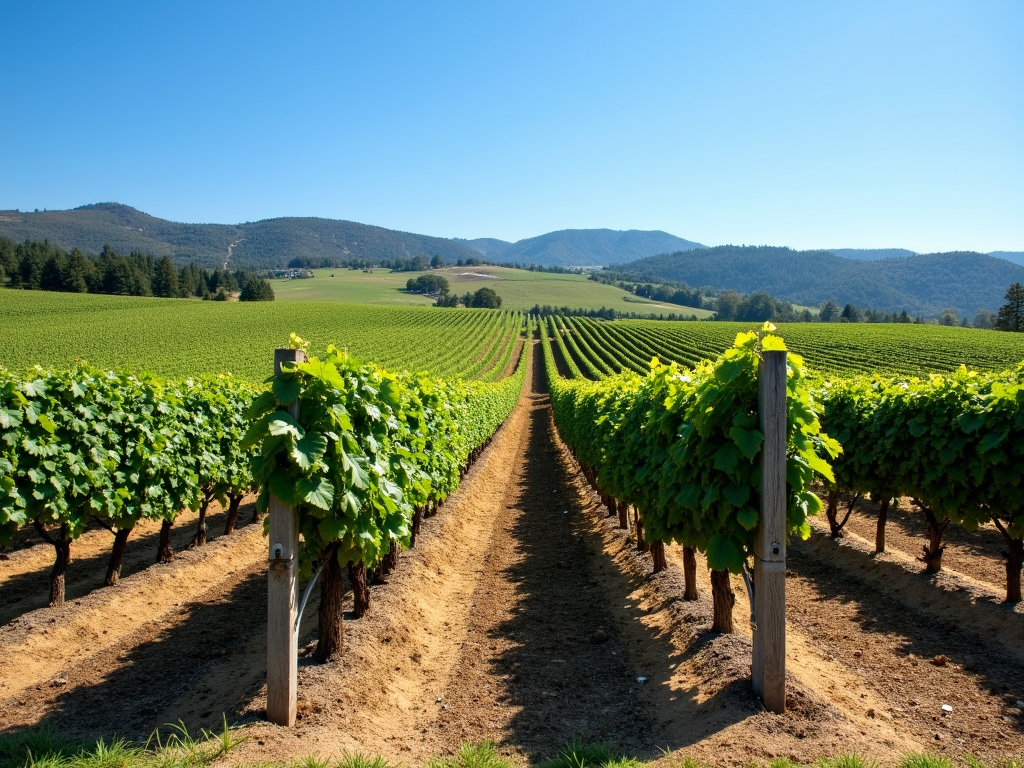
The story of New World Wines begins with the exploration and colonization of new lands. European settlers brought grapevines to regions like the Americas, Australia, and South Africa, planting the seeds for a new era in winemaking. Initially, these wines were seen as inferior to their Old World counterparts, but over time, they have gained recognition for their quality and uniqueness. Today, New World Wines are celebrated for their bold flavors, innovative techniques, and the distinct terroir of their regions.
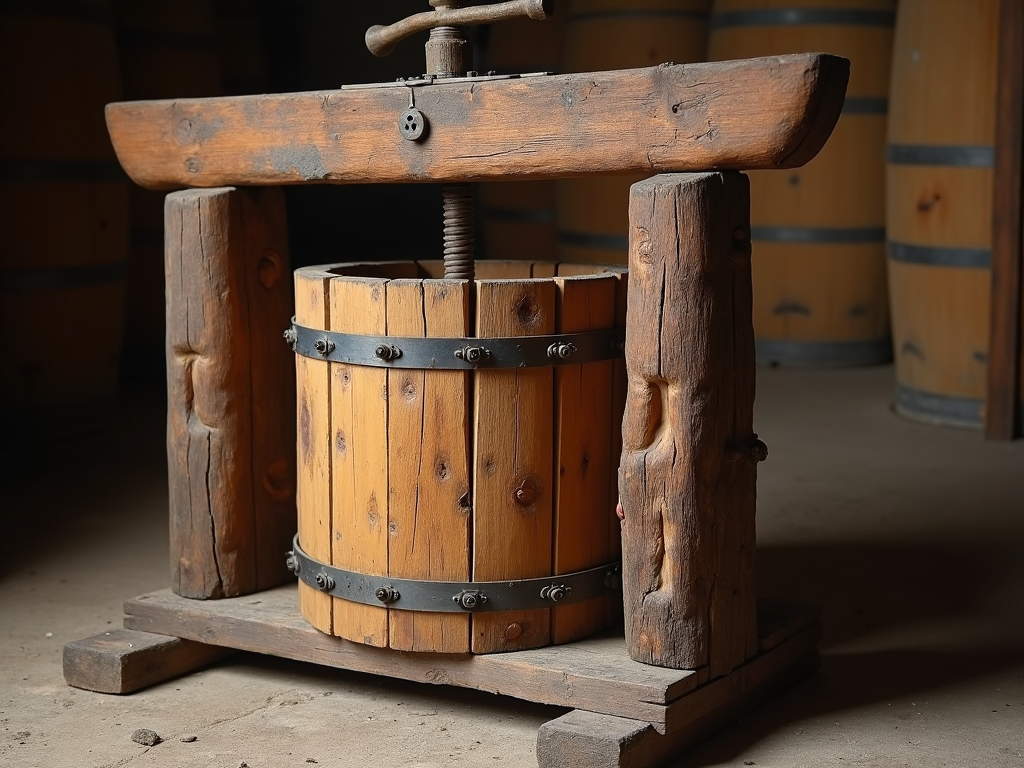
New World wine regions are spread across the globe, each with its own distinct characteristics:
- United States: California is the heart of American winemaking, known for bold Cabernet Sauvignons and buttery Chardonnays. Oregon and Washington also produce notable wines, with Oregon's Pinot Noirs gaining international acclaim.
- Australia: Famous for its Shiraz and innovative blends, Australia has made a name for itself with rich, fruit-forward wines. Regions like Barossa Valley and Margaret River are must-visits for wine enthusiasts.
- New Zealand: Renowned for its Sauvignon Blanc, New Zealand wines are crisp and aromatic, with Marlborough being the epicenter of production.
- South Africa: With a history dating back to the 17th century, South African wines offer a mix of Old World elegance and New World vibrancy. Stellenbosch and Franschhoek are key regions.
- Chile and Argentina: These South American countries are known for their Malbecs and Carmenères, offering excellent value and quality. The Andes Mountains provide a unique terroir for grape growing.

Old World wines, from regions like France, Italy, and Spain, are often characterized by their terroir-driven flavors, subtlety, and adherence to tradition. In contrast, New World wines tend to be more fruit-forward, with higher alcohol content and a focus on varietal expression. Winemaking techniques also differ, with New World producers often embracing modern technology and experimentation. For example, while Old World winemakers might rely on centuries-old methods, New World vintners are more likely to use stainless steel tanks and temperature-controlled fermentation to achieve consistency and highlight fruit flavors.
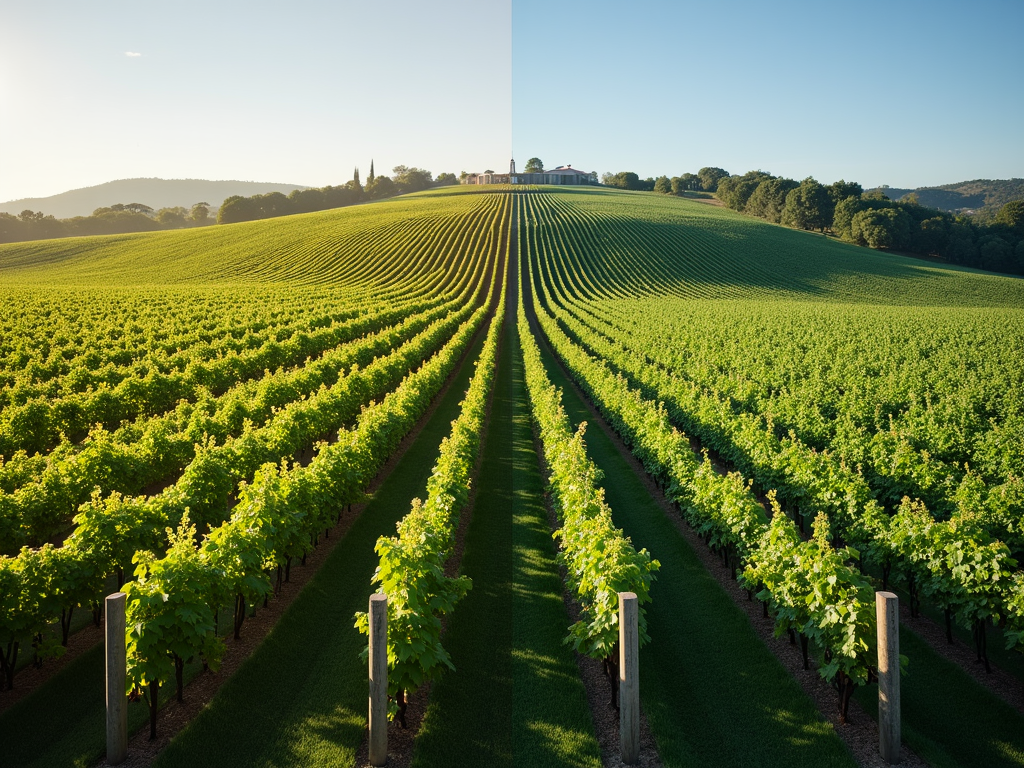
Technology has played a crucial role in the rise of New World Wines. From advanced irrigation systems to precision viticulture, New World producers leverage science to optimize grape growing and winemaking. This has led to consistent quality and the ability to produce wines in challenging climates. For instance, in Australia's hot and dry regions, drip irrigation ensures vines receive just the right amount of water, while in California's Napa Valley, GPS-guided tractors help with efficient vineyard management.
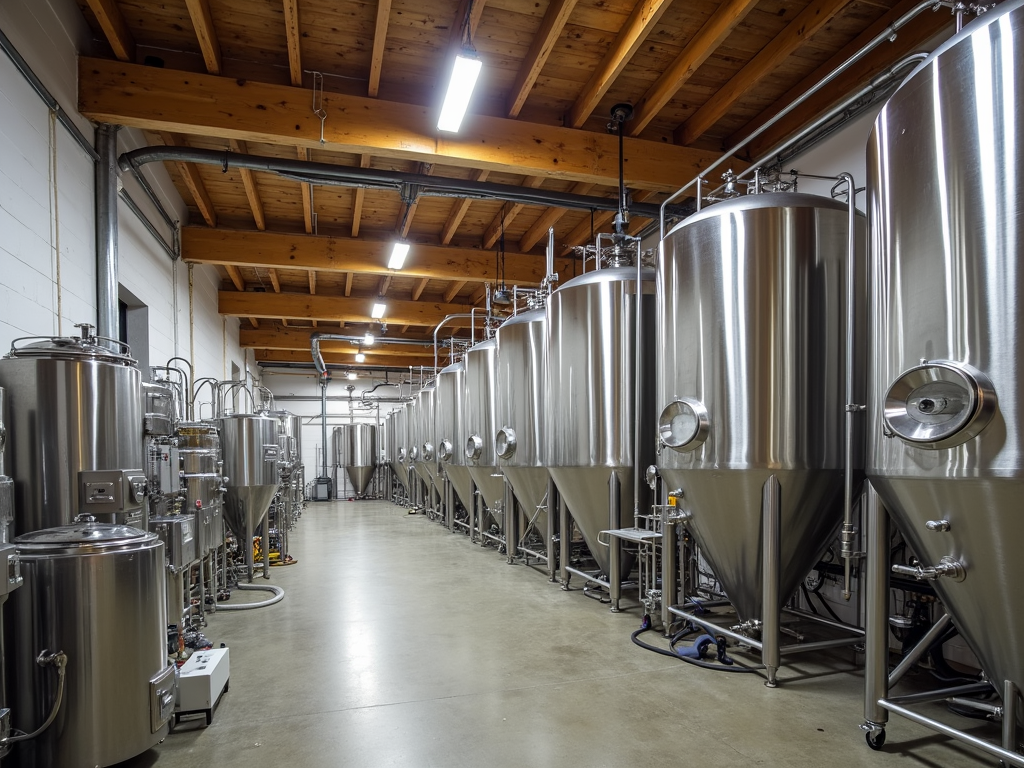
In recent years, there has been a shift in consumer preferences towards New World Wines. Their approachable styles, bold flavors, and often more affordable prices have attracted a new generation of wine drinkers. According to recent market data, New World Wines have seen a steady increase in market share, with countries like the United States and Australia leading the charge. Additionally, the rise of wine tourism in New World regions has boosted their popularity, with visitors eager to experience the vineyards and wineries firsthand.
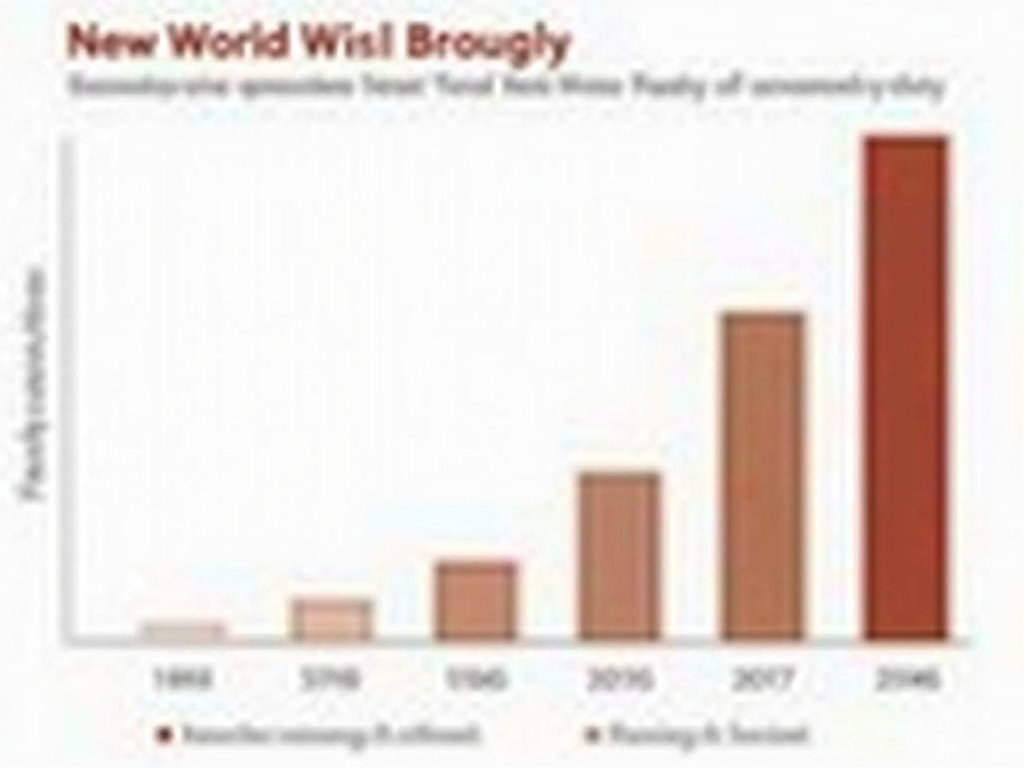
Jackson Family Wines is a leading example of a successful New World wine brand. Founded in 1982 by Jess Jackson, the company has grown to include over 40 wineries worldwide, with a strong focus on sustainability and quality. Compared to other wine brands, Jackson Family Wines stands out for its diverse portfolio, which includes both New World and Old World wines, and its commitment to environmentally friendly practices. For instance, their Kendall-Jackson Vintner's Reserve Chardonnay is one of the best-selling Chardonnays in the United States, known for its balance of fruit and oak. When comparing Jackson Family Wines vs other wine brands, it's clear that their dedication to quality and innovation sets them apart.

Sustainability is a key focus for many New World wine producers. Practices such as organic farming, water conservation, and renewable energy are becoming standard. For example, many wineries in California and New Zealand have adopted solar power to reduce their carbon footprint. Looking ahead, New World Wines are poised to continue their growth, with emerging regions like China and India entering the market and innovative techniques like biodynamic farming gaining traction.
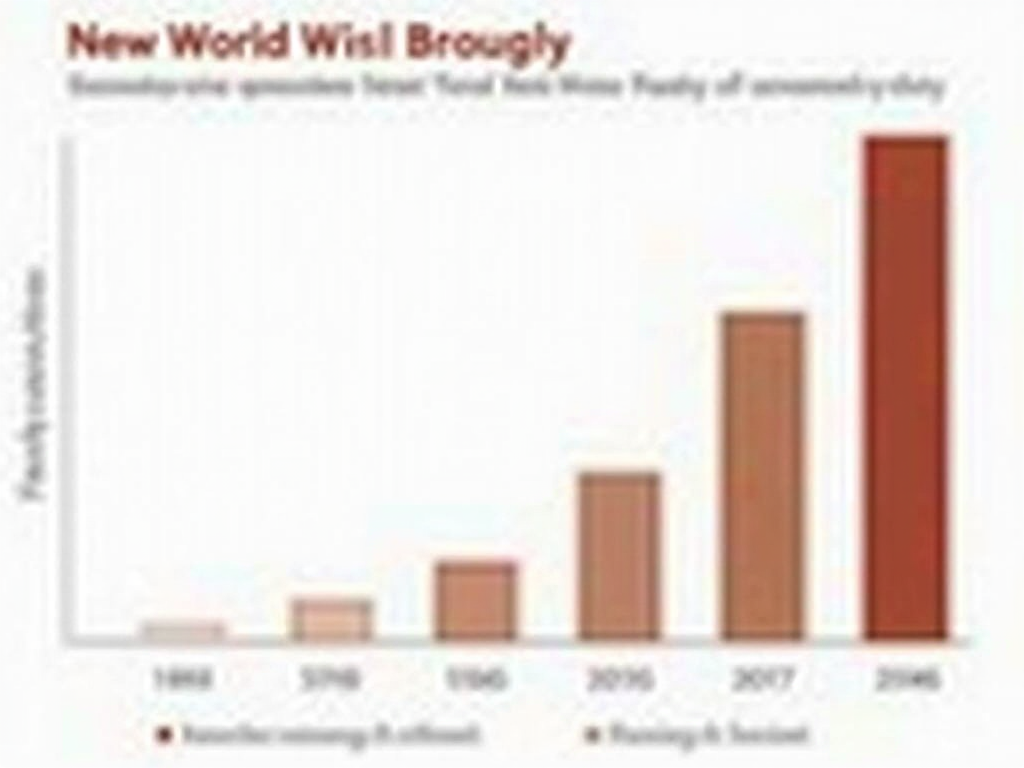
The rise of New World Wines marks a significant shift in the global wine landscape. With their unique flavors, innovative approaches, and commitment to sustainability, these wines have earned their place alongside traditional Old World wines. As consumer preferences evolve, New World Wines are set to play an even larger role in the future of winemaking. Whether you're a seasoned wine enthusiast or a curious newcomer, exploring New World Wines offers a delightful journey through diverse regions and styles.